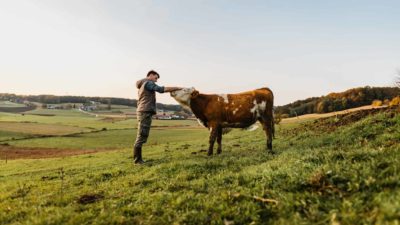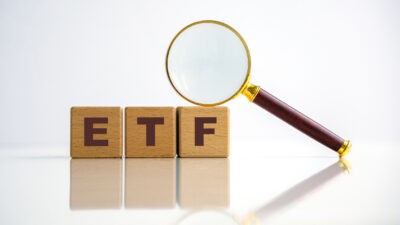The S&P/ASX 200 Index (ASX: XJO) share Brickworks Limited (ASX: BKW) is one of the larger positions in my portfolio. That's partly because of how much I've invested over the last few years, and also because it has risen from the time of each of my investments.
For readers who don't know, Brickworks is the leading brickmaker in Australia and the northeast of the United States. In Australia, it also sells other building products including pavers, roofing, cement, masonry and stone, and specialised building systems.
I like that the business is a market leader — there are advantages to being number one. Brickworks can make good profits when times are good in the construction industry. However, there are other reasons why I invested in Brickworks shares.
Ownership of Washington H. Soul Pattinson and Co. Ltd (ASX: SOL) shares
Brickworks has been listed on the ASX for decades. Some time ago, Brickworks and Soul Pattinson decided to set up a structure where each business owns a large number of shares of the other in a bid to protect themselves against market raiders.
Brickworks currently owns 26.1% of the ASX 200 share Soul Pattinson. When I invested, I viewed Brickworks as a good way to also get a discount on Soul Pattinson shares because Brickworks normally trades at a large discount to its net assets.
Soul Pattinson is a business I particularly like because of its defensive, diversified portfolio, as well as its growing dividend. Soul Pattinson shares can provide Brickworks with stability given the cyclical nature of the building industry, particularly during the low cycle of building product demand.
According to the ASX, Brickworks has a market capitalisation of $4.27 billion, while the company's Soul Pattinson stake is currently worth $3.16 billion. During previous times, Brickworks' value has been close to the Soul Pattinson stake so it's not quite as cheap as in the past.
However, the Brickworks asset value is backed by property as well.
Industrial property
Due to the nature of Brickworks' building products divisions, the company owns land used for the manufacture of its building products.
Over the last two decades, Brickworks has sold some of its excess land holdings into a joint venture property trust. It owns half of the trust along with Goodman Group (ASX: GMG). The property trust has overseen the construction of large industrial buildings that are now leased to high-quality tenants like Amazon, Coles Group Ltd (ASX: COL), and Woolworths Group Ltd (ASX: WOW).
Each new warehouse that's built can unlock another rental income stream for the property trust (and Brickworks). It also often leads to the company booking an accounting development profit because the built property has increased the value of its real estate.
While higher interest rates are hurting the values of some properties, I think industrial properties are well-placed to ride through the uncertainty. Indeed, there's high demand for logistics properties with the industrial property sector seeing high occupancy rates and strong organic rental growth. That's good for the ASX 200 share.
Brickworks said that at the end of the FY23 first half, its half of the property trust assets was worth $2.2 billion. Added to the Soul Pattinson shares, those two asset groups are worth more than $5.3 billion.
Plus, Brickworks still owns some land in its own name which could be sold in the future, with more value to be unlocked.
Dividend
I also appreciate that Brickworks has maintained or grown its dividend every year for almost 50 years – no cuts.
Dividend income isn't the main reason to like Brickworks, but I like that the business is providing shareholders with solid 'real' returns every year.
As the Soul Pattinson dividend increases and the net rental profit grows, Brickworks can increase its dividend for shareholders.
Foolish takeaway
It's clear to see why I like Brickworks. The ASX 200 share is building an impressive asset business that is providing pleasing cash flow for the company. While I haven't bought recently, I still believe it's a good business with an attractive long-term future.









